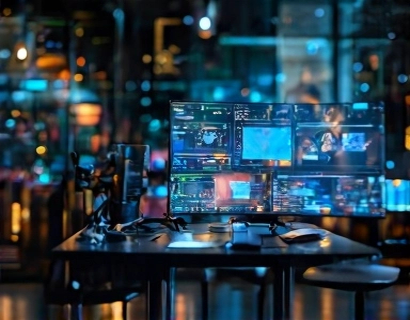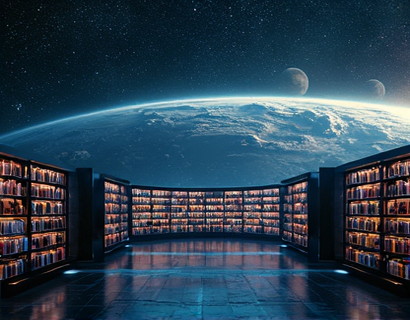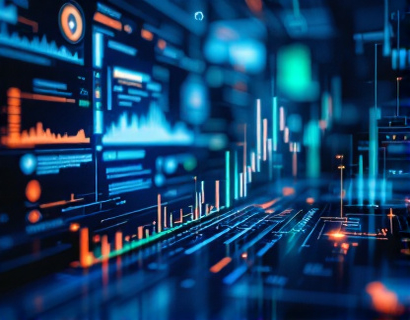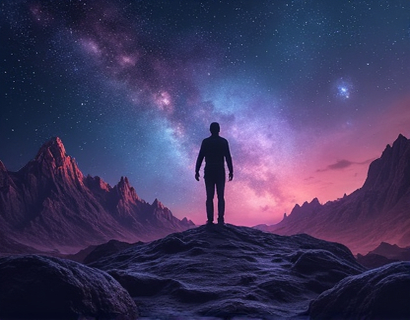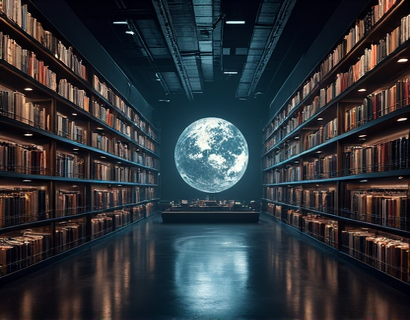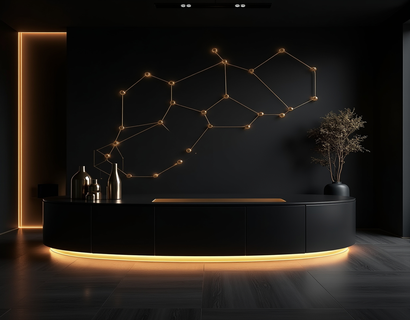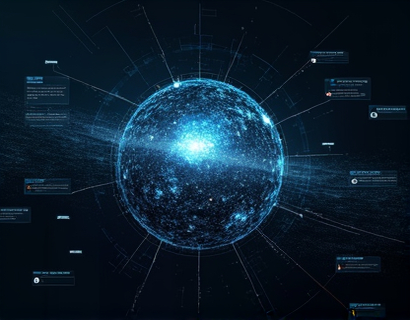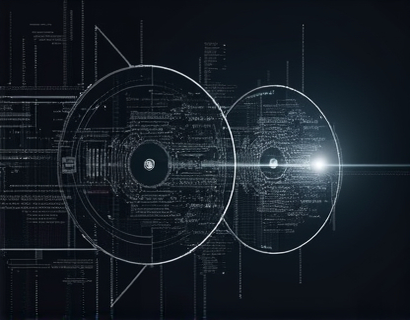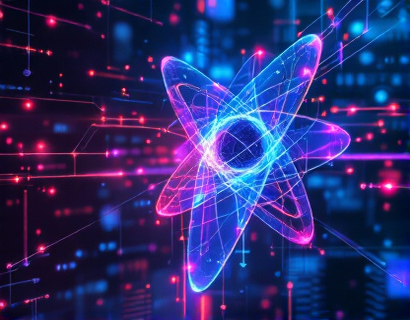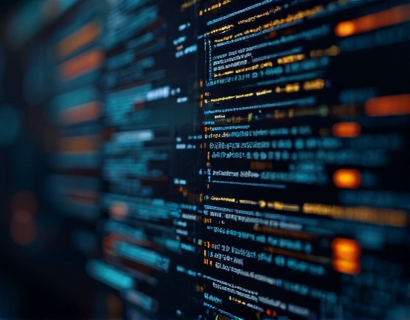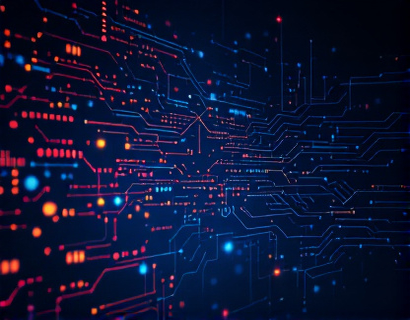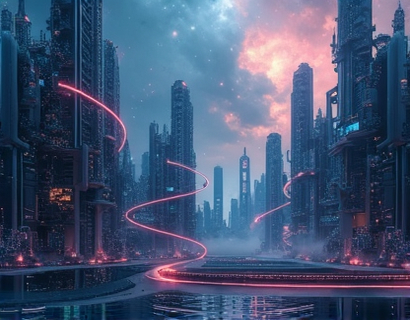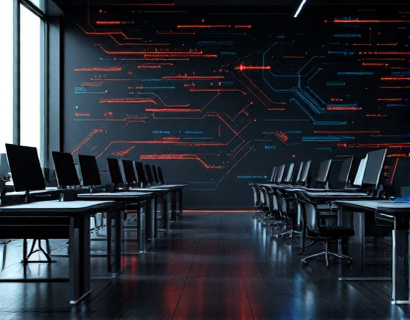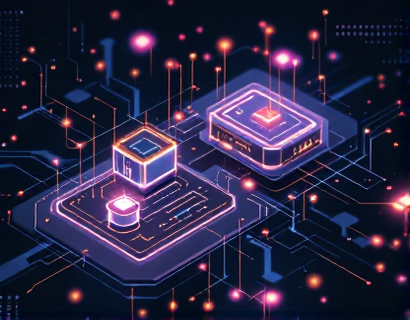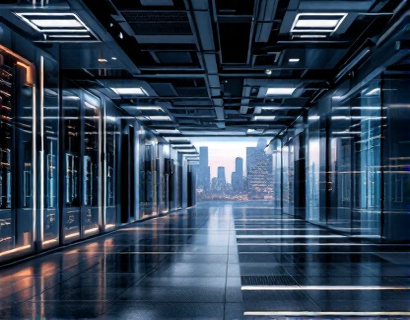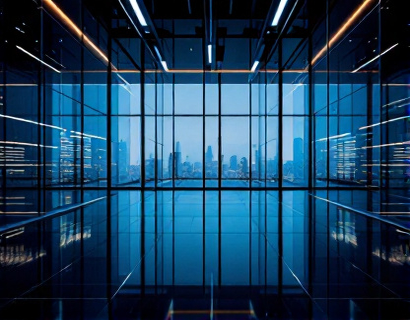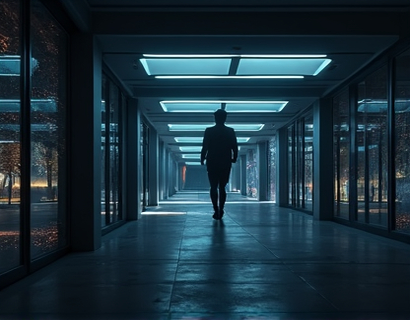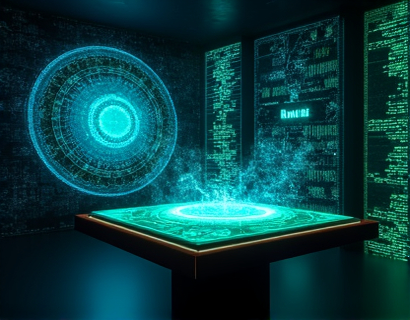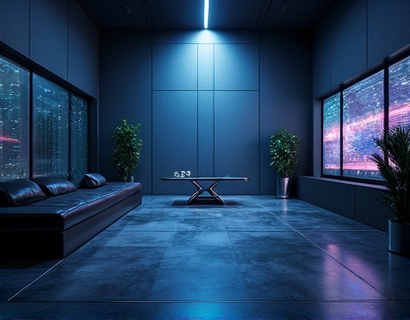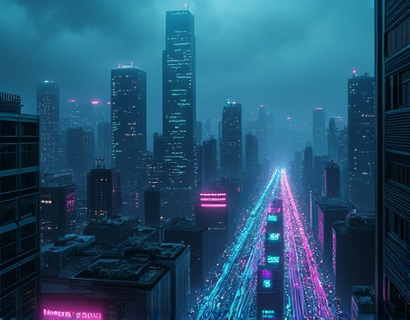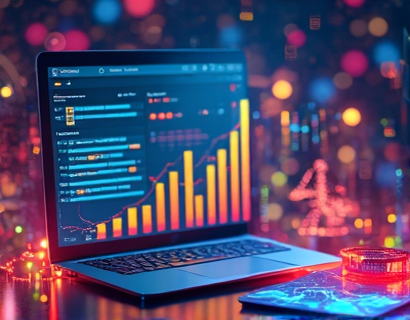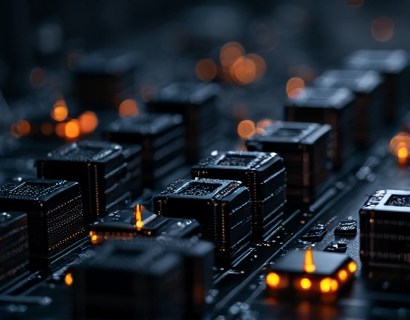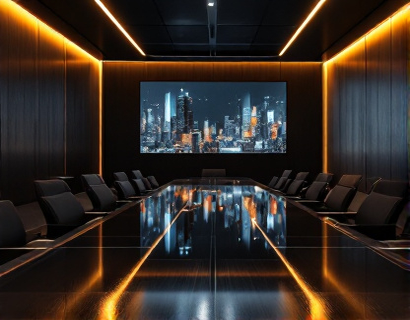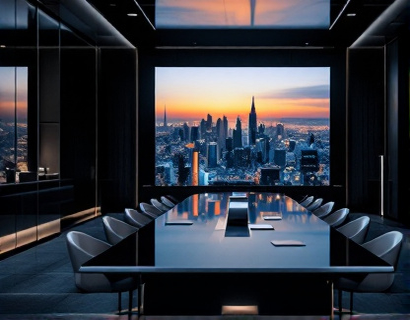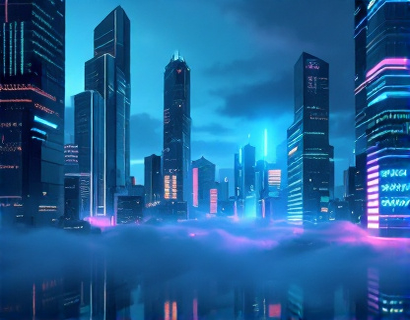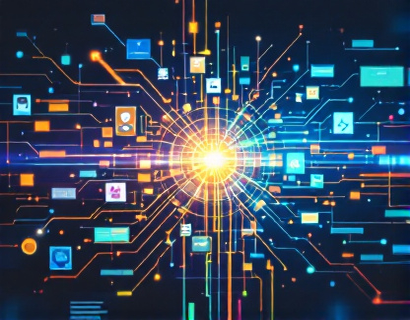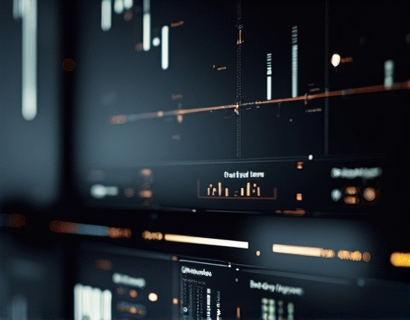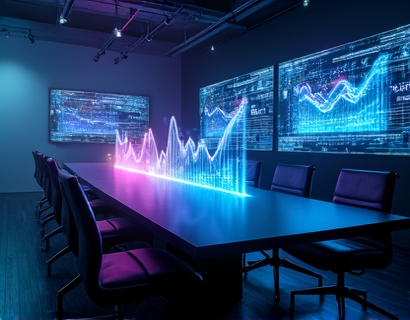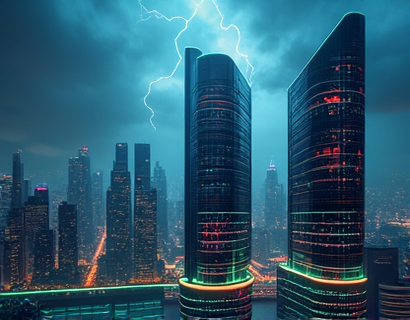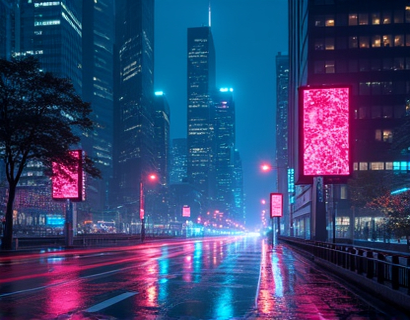AI-Powered Graphic Design: Revolutionizing Visual Creation for Everyone
In recent years, the landscape of graphic design has undergone a significant transformation, thanks to the integration of artificial intelligence (AI) into creative processes. This shift has democratized access to professional-quality visual content, making it possible for a broader audience to create stunning graphics without extensive design expertise. The advent of intelligent online tools powered by AI has opened new avenues for creativity, efficiency, and innovation, benefiting a diverse range of users including graphic designers, marketing professionals, small business owners, social media managers, content creators, entrepreneurs, freelancers, educators, non-profit organizations, and creative hobbyists.
The Rise of AI in Graphic Design
The incorporation of AI in graphic design is not just a novelty but a game-changer. Traditional graphic design requires a deep understanding of design principles, color theory, typography, and software proficiency. AI-powered tools, however, leverage machine learning algorithms to automate and enhance various design tasks. These tools can generate design suggestions, optimize layouts, create visual elements, and even suggest color palettes based on the user's preferences and the context of the project. This synergy between human creativity and AI technology has led to a new era of graphic design, where the barriers to entry are significantly lowered.
Accessibility and Ease of Use
One of the most significant advantages of AI-powered graphic design tools is their accessibility. These platforms are designed to be user-friendly, often requiring no prior design experience. Users can input text, select themes, and adjust parameters to generate professional-looking graphics in a matter of minutes. This ease of use means that individuals who might have otherwise avoided creating visual content due to a perceived lack of skills can now express their ideas visually. For instance, a small business owner can create engaging social media posts, a non-profit can design impactful campaign materials, and a content creator can produce eye-catching blog headers, all with minimal effort.
Enhancing Creativity and Innovation
AI in graphic design does not replace human creativity but rather augments it. By handling repetitive and time-consuming tasks, AI tools allow designers and non-designers alike to focus on the creative aspects of their projects. This collaboration between human intuition and AI capabilities can lead to innovative and unique design solutions. For example, AI can suggest unconventional layout options or color combinations that a human designer might not consider, thereby expanding the creative horizon. This synergy fosters a more dynamic and inventive design process, leading to visually striking and effective visual content.
Customization and Personalization
AI-powered graphic design tools offer a high degree of customization, allowing users to tailor their designs to specific needs and preferences. These tools can analyze user inputs and generate designs that align with brand identities, target audiences, and specific messaging goals. For marketers, this means creating highly targeted and personalized marketing materials that resonate with their audience. For educators, it means producing customized learning materials that engage students more effectively. The ability to customize designs with precision and ease ensures that the final products are not only visually appealing but also strategically aligned with the user's objectives.
Time and Cost Efficiency
The efficiency brought about by AI in graphic design translates to significant time and cost savings. Traditional graphic design projects can be time-consuming and expensive, especially when outsourced to professional designers. AI-powered tools streamline the design process, reducing the time required to produce high-quality graphics. This efficiency is particularly beneficial for small businesses and startups with limited resources. Instead of allocating a substantial budget to hire a designer, these businesses can use AI tools to create professional visual content in-house, thereby optimizing their resource allocation and budget.
Scalability and Consistency
For businesses that need to produce a large volume of visual content, AI-powered graphic design tools offer scalable solutions. These tools can handle multiple projects simultaneously without a drop in quality, ensuring consistency across all visual materials. This is especially useful for social media management, where a steady stream of engaging content is crucial. AI can generate a variety of graphics, from posts and stories to ads and banners, maintaining a cohesive brand look and feel while saving time and effort. This scalability is a significant advantage for companies looking to expand their online presence and maintain a strong digital footprint.
Inspiration and Ideation
AI-powered graphic design tools can also serve as a source of inspiration for creators. By generating a wide range of design options, these tools can spark new ideas and creative directions. Users can explore different styles, layouts, and visual elements, discovering new possibilities they might not have considered otherwise. This feature is particularly valuable for content creators and hobbyists who are always looking for fresh and innovative ways to express themselves visually. The ability to quickly iterate and experiment with different design concepts can lead to breakthrough ideas and unique creations.
Collaboration and Community
The rise of AI in graphic design has also fostered a sense of community among users. Online platforms and forums dedicated to AI-powered design tools allow users to share their work, exchange ideas, and provide feedback. This collaborative environment encourages learning and growth, as users can learn from each other's experiences and successes. For educators, these platforms can serve as valuable resources for teaching design concepts and best practices, using AI tools as practical examples. The community aspect of these platforms enhances the overall user experience and promotes a culture of continuous improvement and innovation.
Challenges and Considerations
While AI-powered graphic design tools offer numerous benefits, there are also challenges and considerations to keep in mind. One of the primary concerns is the potential loss of jobs in the traditional design industry. However, rather than replacing designers, AI tools are more likely to redefine their roles, shifting focus towards strategic and creative aspects that require human touch. Additionally, the quality of AI-generated designs can vary, and users should be discerning in their selection of tools and customization options to ensure the final products meet their standards. Privacy and data security are also important considerations, as these tools often require access to user data to function effectively.
Future Trends and Developments
The future of AI in graphic design is promising, with ongoing advancements expected to further enhance the capabilities of these tools. Improvements in natural language processing and machine learning algorithms will likely make AI design tools even more intuitive and powerful. Integration with other creative technologies, such as augmented reality (AR) and virtual reality (VR), could open new frontiers for immersive and interactive visual content. As AI continues to evolve, it will likely become even more seamlessly integrated into the creative workflow, making visual creation more accessible and efficient than ever before.
Conclusion
AI-powered graphic design tools are revolutionizing the way we create visual content, making it more accessible, efficient, and innovative. These tools empower a wide range of users to bring their ideas to life with professional-quality graphics, breaking down barriers and democratizing design. By combining human creativity with AI capabilities, we can look forward to a future where visual content creation is not only more inclusive but also more impactful. Whether you are a seasoned designer or a casual creator, AI-powered graphic design tools offer a powerful ally in your visual storytelling journey.



